Recommendations for first-time Charleston visitors
Recommendations for first-time Charleston visitors
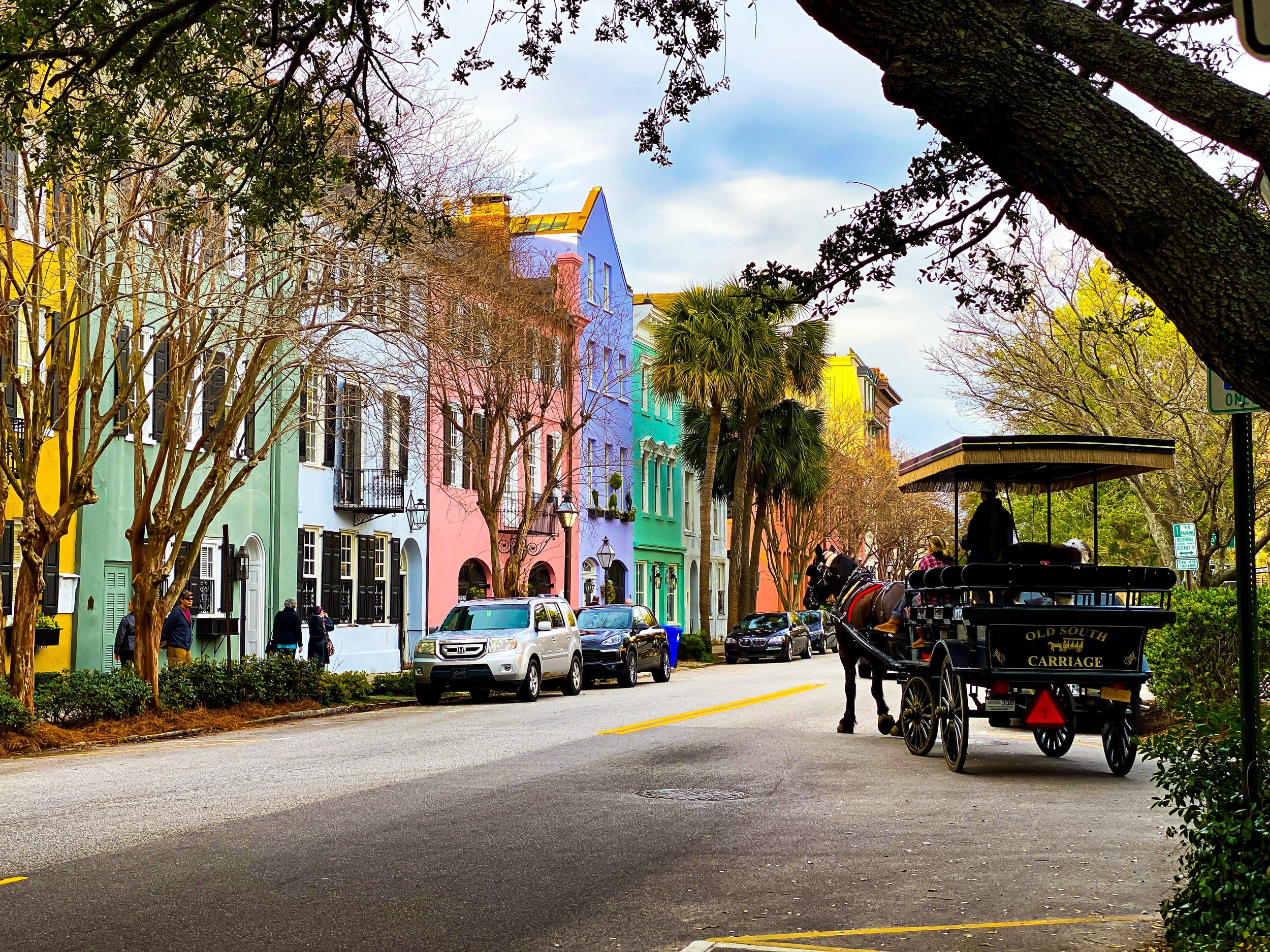
Charleston is well known throughout the world and has received Conde Nast Traveler’s Top City in the World award nine times in a row. Charleston is the crown jewel of the South because of how beautiful and charming it has always been. A mouthwatering restaurant is right around the corner, and every street is lined with history, giving you access to the best of the old and new. No matter how long you stay in Charleston, there will be plenty to keep you busy, especially considering how close the city is to some gorgeous beaches. Here is the Charleston travel guide, which is jam-packed with some exciting things to do, and restaurants, so you can make the most of the Holy City. Book one of the best hotels near North Charleston Coliseum and plan your vacation with this travel guide.
Here is everything you need to know in this blog to plan the ideal trip to Charleston, including a preferred time to go, a list of all the major tourist attractions, and recommendations for some of the city’s greatest restaurants.
The Ideal Season To Visit Charleston
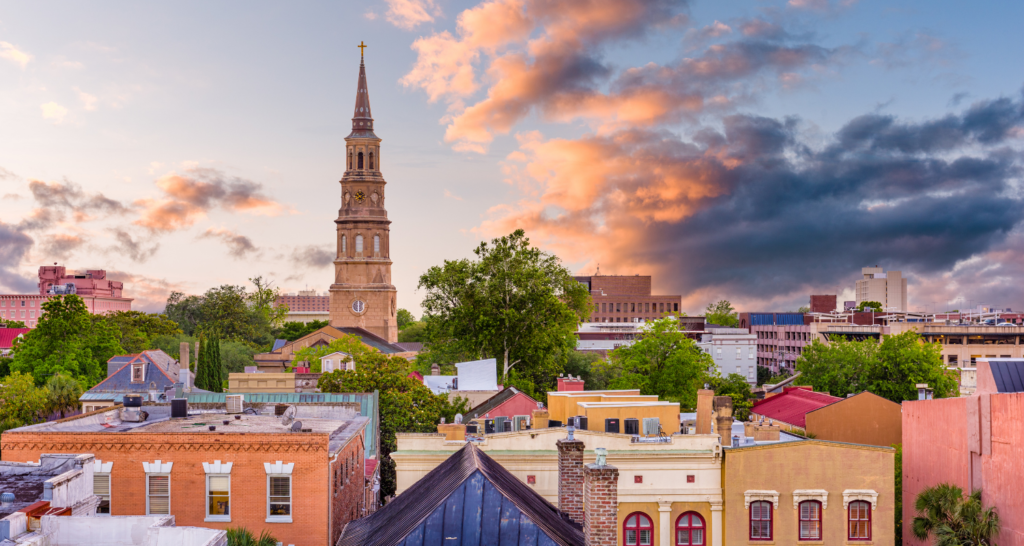
The majority of the year in Charleston is relatively warm. January is the coldest month, with 57°F average high temperatures. Charleston is a wonderful choice if you’re seeking a mild winter resort because it rarely snows there! The city might become a little congested with children on summer vacation, as well as hot and muggy throughout the summer when temperatures peak in July and August. But that only means this is the ideal time to visit a beach in Charleston!
Spring is the most preferred season to visit Charleston. Charleston is in full bloom with flowers and vibrant hues, despite the fact that it hasn’t yet been too hot. With the city’s plants coming back to life, the brightly colored buildings and beach decorations look beautiful. Charleston’s springtime is also ideal for wearing a sundress!
Rainbow Row
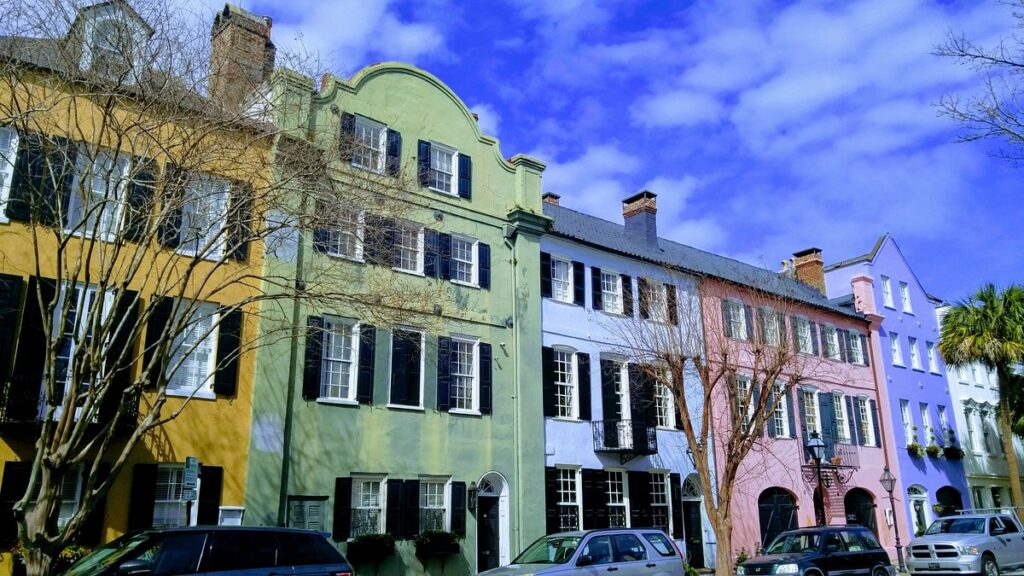
Probably one of Charleston’s most recognizable neighborhoods is Rainbow Row. The name alludes to a block of 13 brightly painted homes on East Bay Street, between Tradd and Elliott streets. The houses, which were restored in the 1930s and 1940s and are decorated in soft pinks, yellows, blues, and greens, make for the ideal backdrop for an Instagram-worthy photo of your Charleston vacation.
Park Waterfront
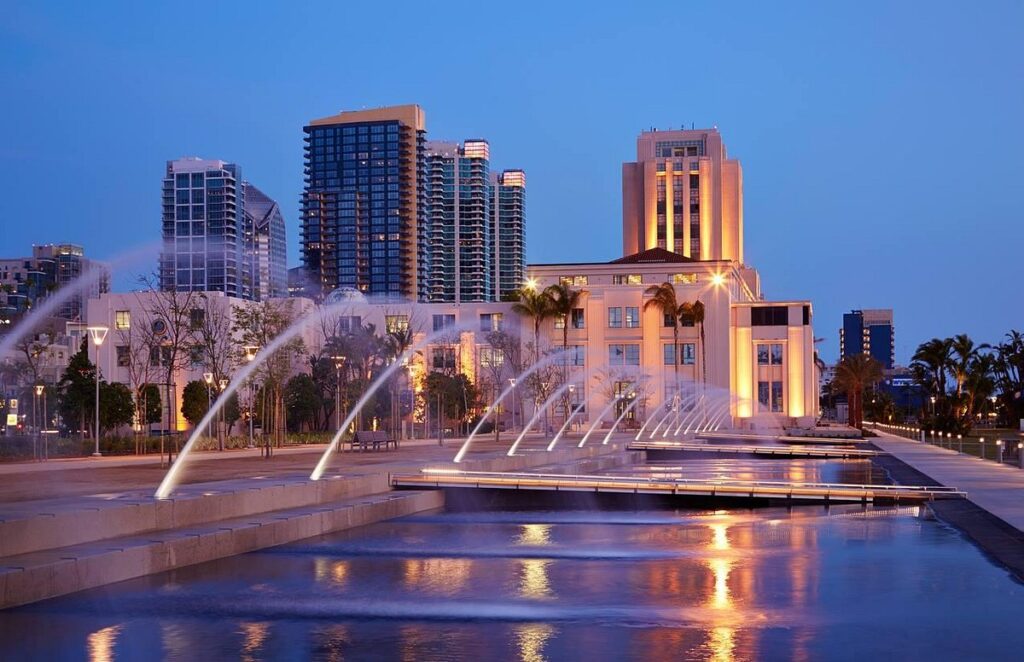
This half-mile section of beachfront parkland offers views of both Charleston Harbor and the Cooper River. This park really celebrates the Lowcountry way of life, which is all about taking things slowly and relishing each moment. The Waterfront Park’s wide paths are ideal for strolling. Parkgoers can enjoy a relaxing rest in the shade thanks to the trees and benches positioned along the route. The next place on our list is in the park’s middle.
Pineapple Fountain
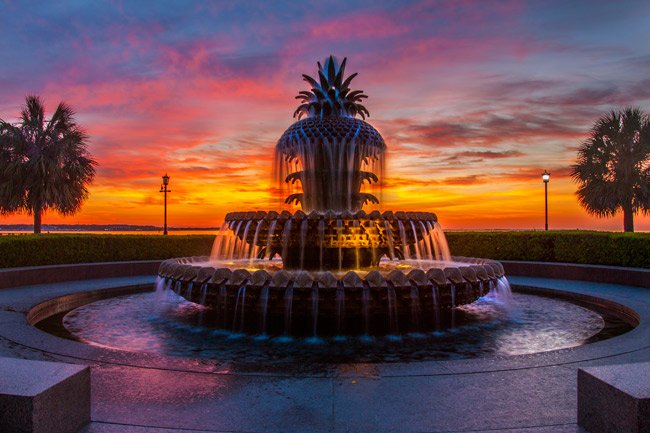
Since the park’s debut in 1990, this recognizably pineapple-shaped fountain at the Waterfront Park has been a must-see for any tourist to Charleston. The pineapple has always been a symbol of how friendly the South is, especially in the Holy City. A dynamic reminder of Charleston’s iconography, Southern hospitality, and coastal sights are created by water cascading from the top fronds of the metal pineapple and splashing across its numerous layers. Everyone who sees the pineapple fountain is happy since it is impossible to overlook!
The Battery
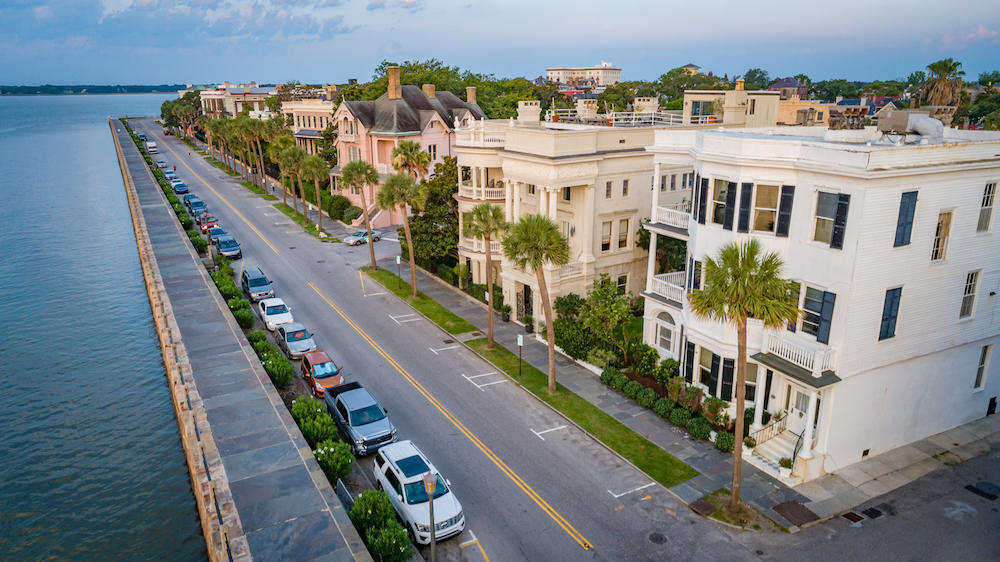
The Battery is a defensive wall and promenade on the lower sides of Charleston’s peninsula. It was once an artillery battery, which is how it got its name. It is well known for its rows of exquisite antebellum homes. White Point Garden is near the southernmost point of the Battery. It has grassy areas with old oak trees that are perfect for a picnic at noon. Check out some of the Civil War canons, monuments, and statues while looking out over Fort Sumter in the distance.
Historic City Market in Charleston
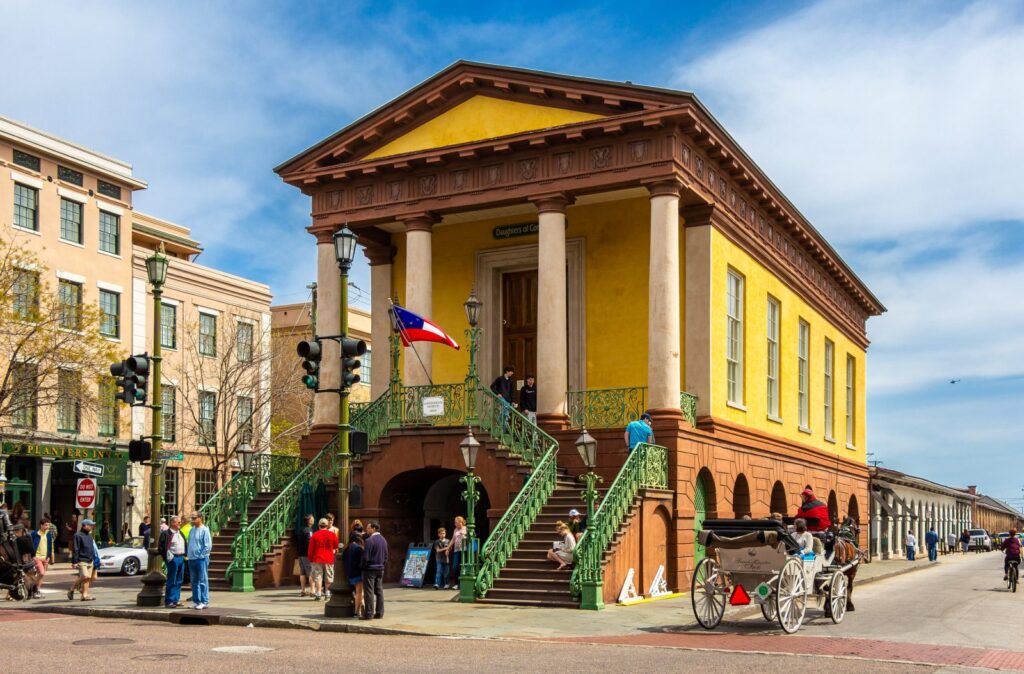
With its massive columns and tall façade, this Greek Revival-style edifice dominates Charleston’s streets as it runs four city blocks from Market Hall to East Bay Street. The City Market was built in 1804, and it now has a lot of vendors selling things like gifts, jewelry, art, and the famous Gullah sweetgrass baskets. You might easily lose a half-hour or more simply strolling around the market and looking at the goods. The market is a terrific place to find regional gifts to take home!
King Street shopping
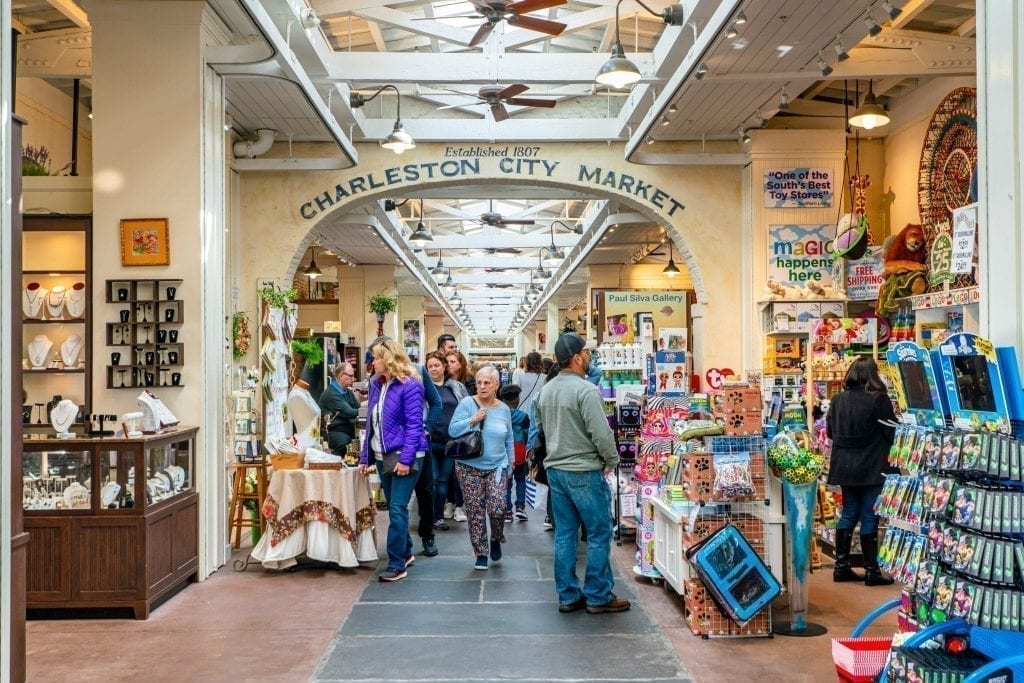
King Street runs sporadically through the Charleston Peninsula. What used to be a road for getting vehicles farther inland is now the main place to eat and shop. Most people refer to middle King, the fashion district when they discuss King Street in general. Alongside neighborhood boutiques like Skinny Dip Charleston and Beckett Boutique, you may discover stores like Kate Spade, Anthropologie, and J. Crew in this area.
Tour of a Charleston carriage
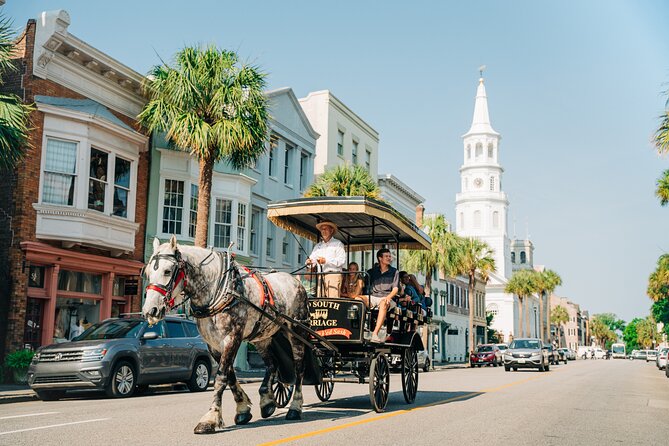
A carriage excursion through Charleston’s historic neighborhood will transport you back in time. Since 1983, the same family has owned and run the Old South Carriage Company, which provides a range of tours, including a one-hour narrated carriage tour that takes in 30 blocks of the Holy City. Narrated tours are a fantastic opportunity to learn about Charleston’s historic neighborhood and gain insider knowledge you can use to wow your friends and family back home. Plus, if you’re traveling with kids, the horses are always a plus!
Angel Oak
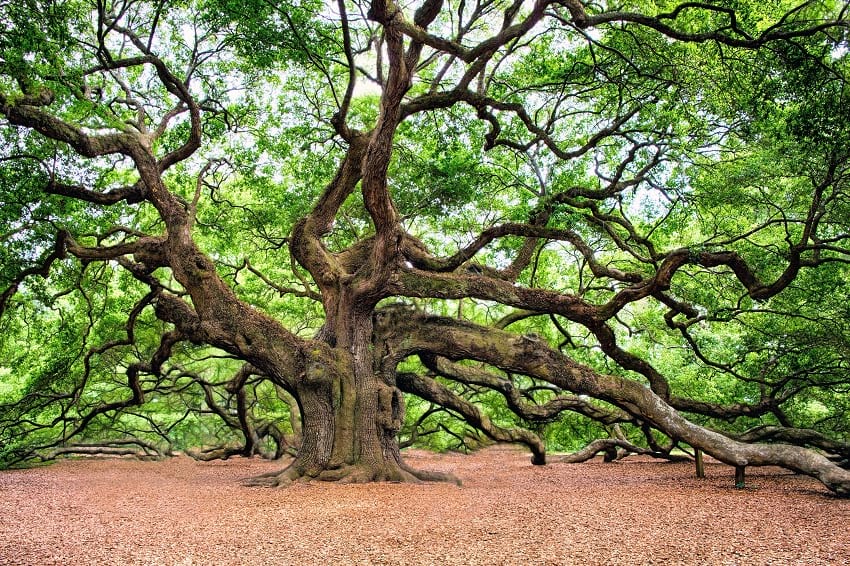
The Angel Oak is a Charleston landmark even though it’s not the most central location on this list. The fabled tree is one of the oldest and biggest oak trees in the Lowcountry, standing 65 feet tall and more than 400 years old. Visit Angel Oak Park to look at the angles of the tree’s branches. The eerie beauty of the park might make you mutter.
Magnolia Plantation

The Magnolia Plantation and Gardens, which were established in 1676, are a great place to go if you want to have a relaxing day away from the bustle of Charleston. They have some of the nicest gardens around, and I’ve never seen an azalea show like it. They provide a variety of tour alternatives, such as a tour of the main house, a tram tour of the grounds, and a boat trip through the rice fields. This plantation is a great choice because you can stop and eat a snack while exploring and walking around.
Middleton Street
While Middleton Place and Magnolia have certain similarities, they offer very different experiences for tourists in Charleston. The building at Middleton Place feels a bit European because it is made of brick and has beautiful landscaping. Middleton strikes me as having a more romantic vibe, especially with its lovely sit-down restaurant and an inn where you may get a room for the night. Middleton is where you should go if you’re in Charleston around Easter! They offer a ton of entertaining children’s activities, such as hiding and traditional egg dying.
Wingate by Wyndham Charleston Coliseum is a great choice to stay in Charleston for a comfortable and memorable vacation.
